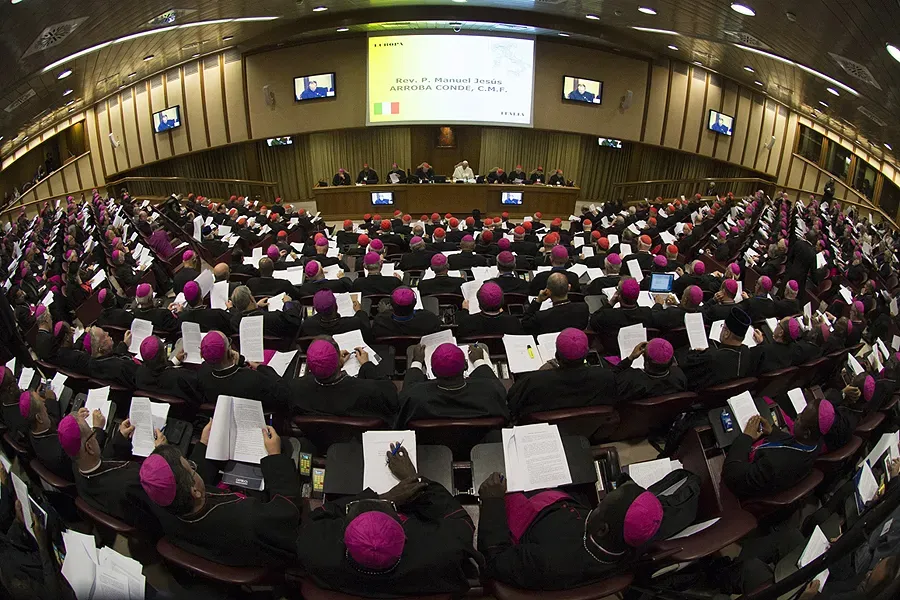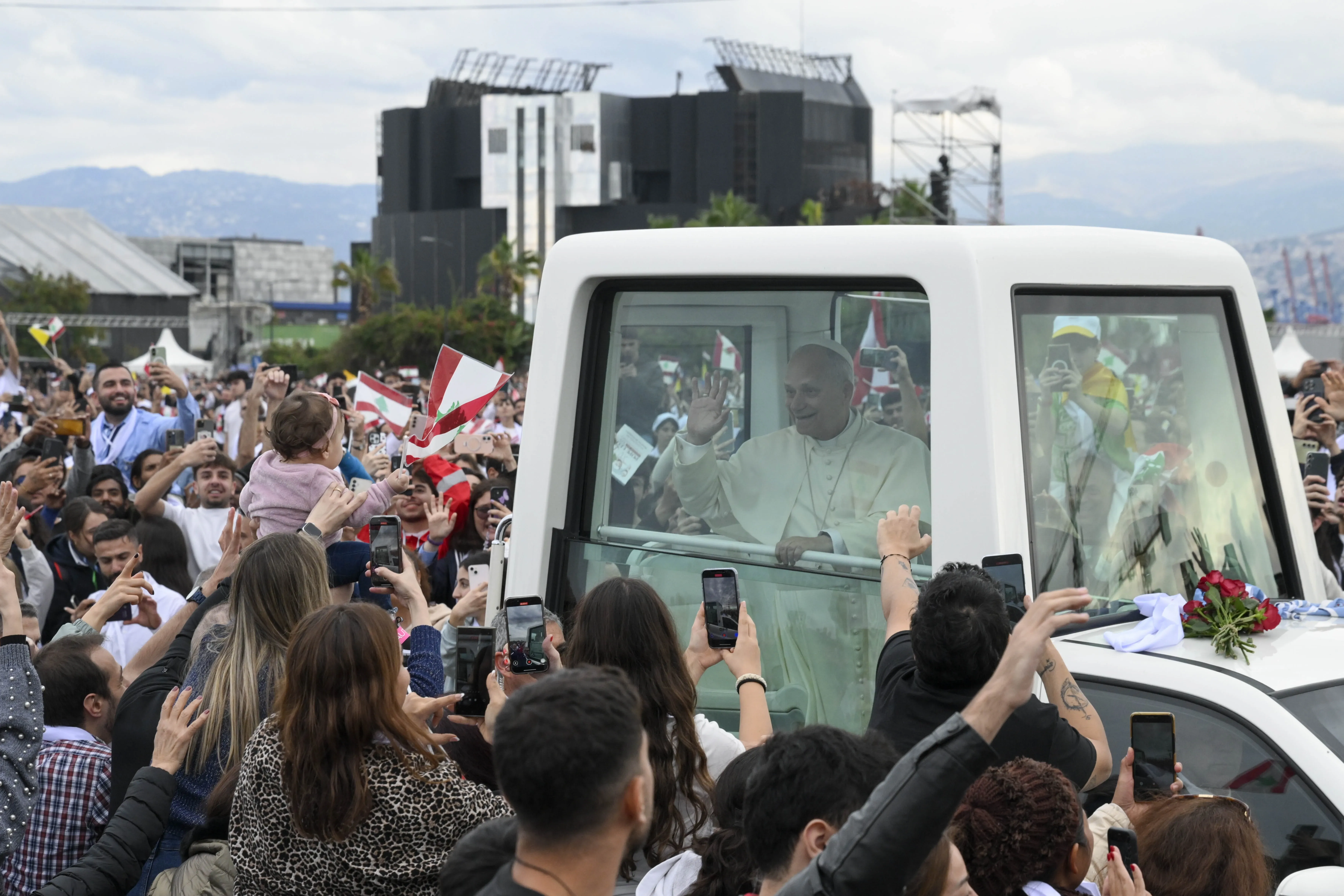“A synodal Church, in announcing the Gospel, ‘journeys together.’ How is this ‘journeying together’ happening today in your local Church? What steps does the Spirit invite us to take in order to grow in our ‘journeying together?’”
In considering this, dioceses will receive and report feedback on the following:
-
What are difficulties, obstacles, and wounds in the local Church?
-
What is the Holy Spirit asking of us?
-
In our local Church, who are those who “walk together”? Who are those who seem further apart?
-
How is God speaking to us through voices we sometimes ignore? How are the laity listened to, especially women and young people? What facilitates or inhibits our listening?
-
How does the relationship with the local media work (not only Catholic media)? Who speaks on behalf of the Christian community, and how are they chosen?
-
How do prayer and liturgical celebrations actually inspire and guide our common life and mission in our community?
-
What hinders the baptized from being active in mission? What areas of mission are we neglecting?
-
To what extent do diverse peoples in our community come together for dialogue? What are the places and means of dialogue within our local Church?
-
How are divergences of vision, or conflicts and difficulties addressed? What particular issues in the Church and society do we need to pay more attention to?
-
What relationships does our Church community have with members of other Christian traditions and denominations?
-
How does our Church community identify the goals to be pursued, the way to reach them, and the steps to be taken? How is authority or governance exercised within our local Church?
-
How do we promote participation in decision-making within hierarchical structures? Do our decision-making methods help us to listen to the whole People of God?
What is synodality?
The preparatory document describes synodality as “the form, the style, and the structure of the Church.”
(Story continues below)
“The Synodal Process is first and foremost a spiritual process. It is not a mechanical data-gathering exercise or a series of meetings and debates. Synodal listening is oriented towards discernment,” the handbook says.
The handbook describes the synodal journey as an experience of “authentic listening and discernment on the path of becoming the Church that God calls us to be.”
The synod on synodality will open with a “diocesan phase” in October 2021 and conclude with the XVI Ordinary General Assembly of the Synod of Bishops at the Vatican in October 2023.
Pope Francis will “inaugurate the synodal path” over the weekend of Oct. 9-10 with an opening session and a Mass. All dioceses are invited also to offer an opening Mass on Sunday, Oct. 17.
One objective of the synod on synodality, according to the preparatory document, is to examine “how responsibility and power are lived in the Church as well as the structures by which they are managed, bringing to light and trying to convert prejudices and distorted practices that are not rooted in the Gospel.”
“The purpose of the first phase of the synodal journey is to foster a broad consultation process in order to gather the wealth of the experiences of lived synodality, in its different articulations and facets, involving the pastors and the faithful of the particular Churches at all the different levels,” the preparatory document says.
“We recall that the purpose of the synod, and therefore of this consultation, is not to produce documents, but ‘to plant dreams, draw forth prophecies and visions, allow hope to flourish, inspire trust, bind up wounds, weave together relationships, awaken a dawn of hope, learn from one another and create a bright resourcefulness that will enlighten minds, warm hearts, give strength to our hands,’” it says, quoting from Pope Francis’ address at the opening of the youth synod in October 2018.
Courtney Mares is a Rome Correspondent for Catholic News Agency. A graduate of Harvard University, she has reported from news bureaus on three continents and was awarded the Gardner Fellowship for her work with North Korean refugees.








